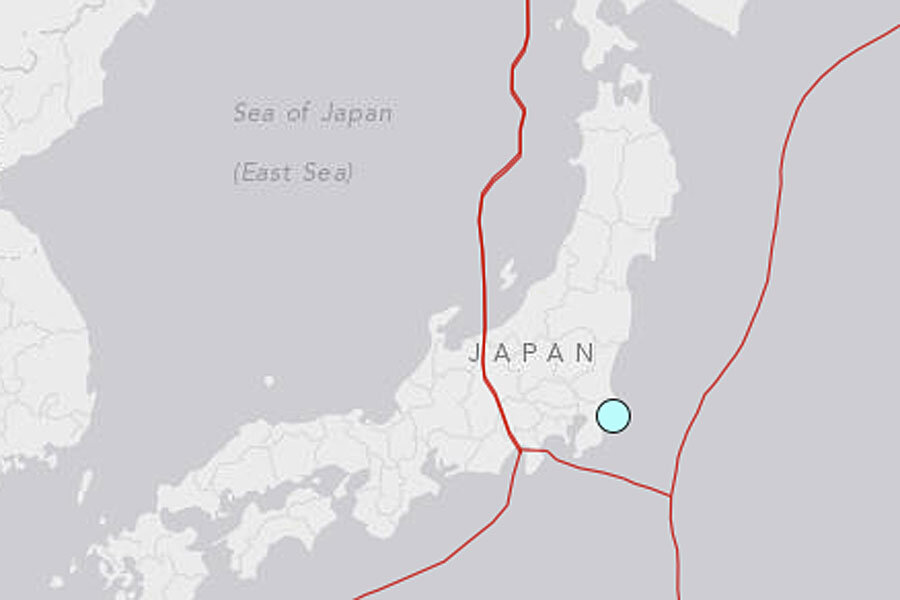Tokyo: 5.5 earthquake rattles Japan
Loading...
| Tokyo
An earthquake with a magnitude of 5.5 hit eastern Japan on Saturday but no tsunami warning was issued, Japan's national broadcaster said.
There were no reports of immediate damage.
Japan and the surrounding islands straddle four major tectonic plates: Pacific plate; North America plate; Eurasia plate; and Philippine Sea plate, according to the US Geological Survey, which confirmed a 5.5 magnitude quake struck at a depth of 22 miles.
Subduction zones at the Japanese island arcs are geologically complex and produce numerous earthquakes from multiple sources. Deformation of the overriding plates generates shallow crustal earthquakes, whereas slip at the interface of the plates generates interplate earthquakes that extend from near the base of the trench to depths of 40 to 60 km. At greater depths, Japanese arc earthquakes occur within the subducting Pacific and Philippine Sea plates and can reach depths of nearly 700 km. Since 1900, three great earthquakes occurred off Japan and three north of Hokkaido. They are the M8.4 1933 Sanriku-oki earthquake, the M8.3 2003 Tokachi-oki earthquake, the M9.0 2011 Tohoku earthquake, the M8.4 1958 Etorofu earthquake, the M8.5 1963 Kuril earthquake, and the M8.3 1994 Shikotan earthquake.
On March 11, 2011 Japan's northeast coast was struck by a magnitude 9 earthquake, the strongest quake recorded in the country, triggering a massive tsunami and resulting in the world's worst nuclear crisis in 25 years. The disaster left up to 20,000 dead or missing.
As reported in The Christian Science Monitor, Japan has the world's most advanced earthquake early-warning system, with more than 1,000 seismographs scattered over the country. In 2011, that meant that they had about an 80 second advanced warning that a quake was coming.
Collectively, they detect tremors and allow for brief advance warnings not only to vulnerable sectors like railroads and utilities—so they can slow down high-speed trains and shut off gas lines—but also to the public via television, Internet and text-message. "This hits probably what I would consider the best prepared country in the world for earth quake preparedness," says Stephane Rondenay, a geophysicist at MIT.
The seismometers detect the first evidence of a quake—P-waves, which have short wavelengths and generally do little damage—and calculate the location of the epicenter. The longer-wavelength and far more damaging S-waves come next, usually within seconds.
(Editing by Michael Perry)







